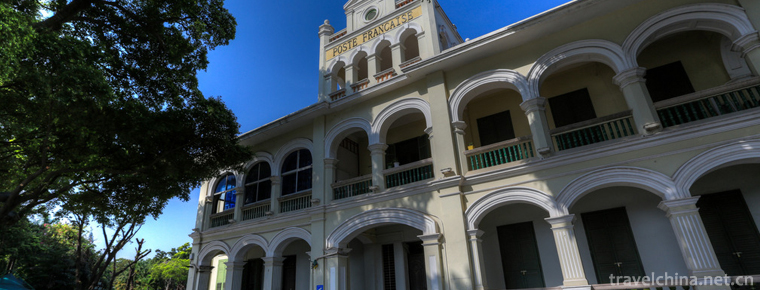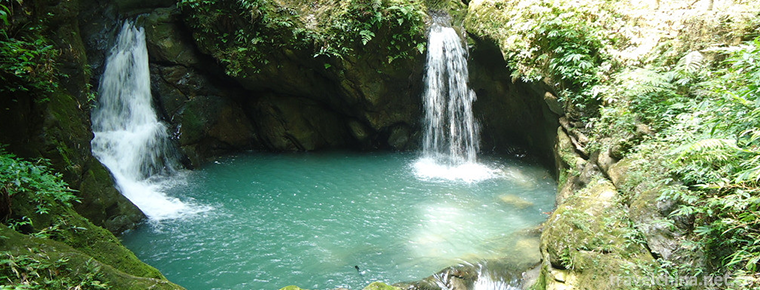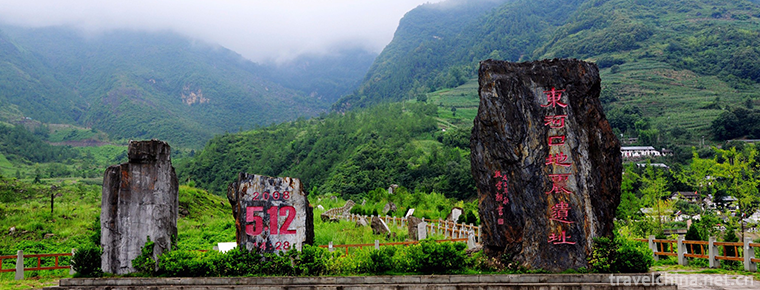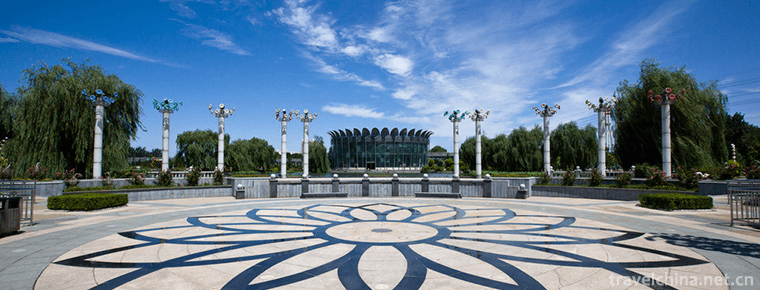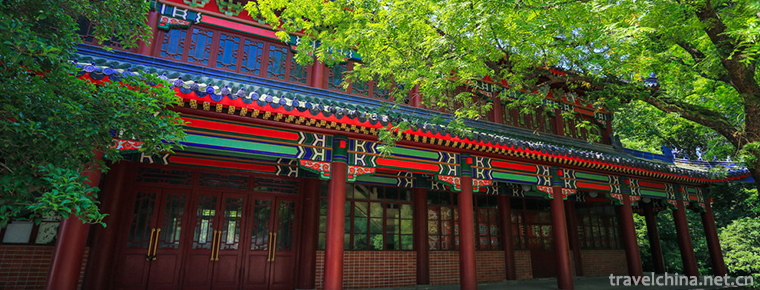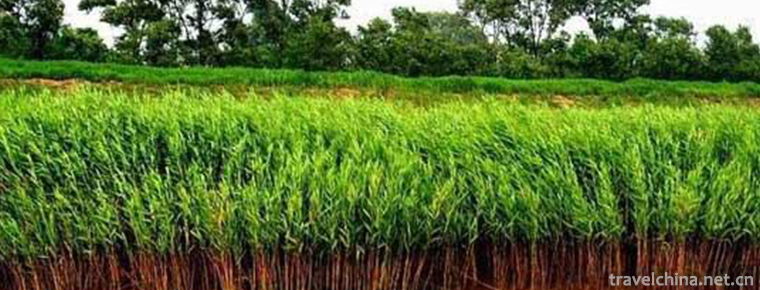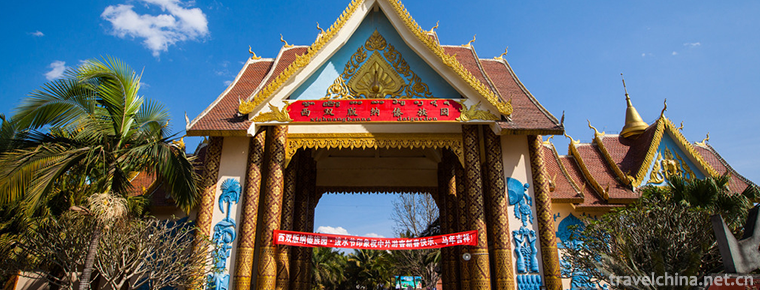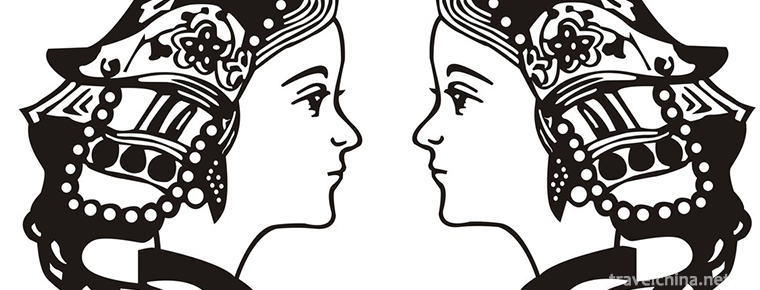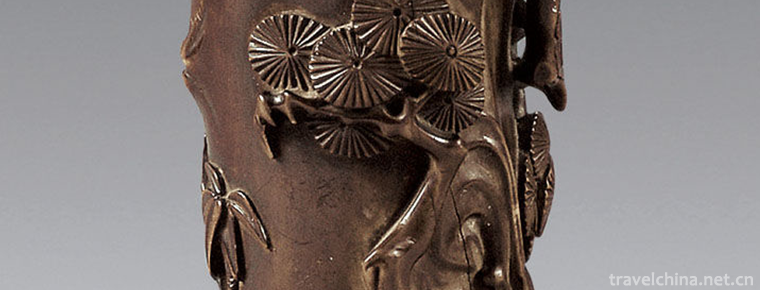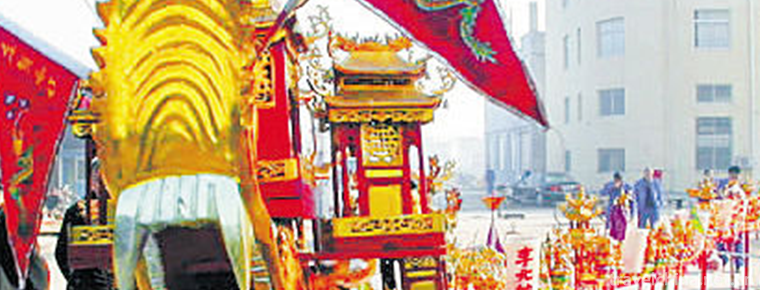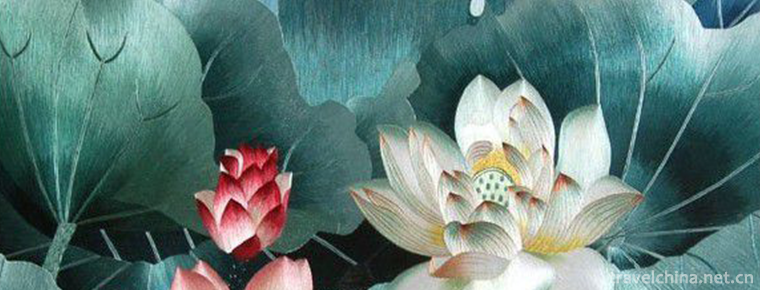Midu folk songs
Midu folk songs
"Midu Folk Song" is the general name of the Han and minority folk songs in Midu County, Yunnan Province. Midu folk song is a multi-cultural complex system, which is the convergence and cohesion of multi-cultures. It is mainly based on the "Nanzhao culture" formed after the fusion and disappearance of "Heman culture", "Bo culture", "Ailao culture" and "Hu culture" in ancient Yunnan, and developed after the integration of the Yangtze River culture and the Yellow River culture in the Central Plains. It has the richness of multi-ethnic cultures. Midu Folk Song, as a musical name, has gradually exerted a wide influence in China and has become a well-known musical genre in China.
On May 23, 2011, Midu Folk Song was approved by the State Council to be included in the third batch of national intangible cultural heritage list.
historical origin
Midu is located in the gateway to Western Yunnan and northwestern Yunnan. It has been the main transportation link between Western Yunnan and northwestern Yunnan since ancient times. As early as 2,000 years ago, there was an ancient commercial road from Sichuan to Yunnan, from Yao'an to Yongchang through Baiya (now Midu Hongyan), to Myanmar and India, connecting the economic and cultural exchanges between Southwest China, Southeast Asia and South Asia. This is the famous poisonous road of Shushi. The earliest written record of the Southern Silk Road is in Shiji Dawan Legend, which tells us that Zhang Qian, in 122 B.C., sent his envoy to the Western Regions to return to the Emperor Wudi of Han Dynasty, said, "In the summer (Afghanistan), ministers saw bamboo sticks and Shubu. Ask: Enjoy this? Daxia people said: My Jia people go to the city of poison (India). Personal poisoning can be thousands of miles southeast of Daxia..." Emperor Wudi of the Han Dynasty followed Zhang Qian's suggestion, adopted Zhang Qian's suggestion that he should link India from the southwest to suppress the Huns, and began to work on the development of Southwest Yi. In the second year of Yuanfeng (109 BC), Emperor Wudi of Han Dynasty set up counties and counties in Western Yunnan. In the twelfth year of Emperor Ming of Eastern Han Dynasty (69 A.D.), the Han Dynasty finally opened the ancient Bonan Road from Erhai to Yongchang, which was also the earliest way for Buddhism to enter Yunnan.
Xiangyun County Chronicle contains: Shushen poisonous road, Chengdu, Sichuan Province from the northeast, entering Yunnan from Yao'an and exiting through Baiya (now Midu Hongyan), then to Yongchang (now Baoshan), then to Myanmar, India and other countries.
Weishan County Chronicle shows that there are two entry routes for the southern Silk Road crossing the county border in Ming Dynasty. One is from the south of Zhaozhou (now Midu) to Yuelongqing Pass in the east, and the other is from the northeast through Zhaozhou (now Fengyi) through Sansheng Yongding Xiling.
"Midu County Chronicle" contains: "As early as the Han Dynasty, there were Qingxi Road from Chengdu to Erhai region across the county border. Tang? Fan Chuo's "Manshu" contains: "Qingxi Road enters Yunnan from Chengdu through Ya'an, Dashubao, Xichang and Huili. One day from Tuodong Festival to Anning Pavilion... One day to Yunnan Post... One day to Baiyayi (now Hongyan), one day to Longweiyi, and one day to Qaka City. Another: "Kainan Ancient Road starts from Longwei City, passes through Xiakunmiling (Dingxiling) of Zhaozhou, through Dianzhong (now Midu New Street), Mizu (Midu Miyu) to Kainan (now Jingdong County)."
Whether it is recorded in ancient books or in local historical materials, it is recorded in detail that Midu is the crossroads of Chama Ancient Road from south to north, east to west, and the traffic must rush. From Hongyan to Dingxiling to Dali and into Tibet; from Xiangyun to Kunming; from Shifo Sentry to Qingguan to Weishan to Yongchang; from Tianmaguan Bridge to Dianzhong (New Street), Dazhuang Sentry, Yunjin Bridge to the north, Yaohuipu (now Yaohuiyi), Jingdongshan Slope, Longmatang Pond, and Yimapu (Miweiwensheng Street) run through the whole territory of Midu. When entering Nanjian to Pu'er tea producing area, in ancient times, Medu people called it "Yifang". "Zhaozhou Zhi" contains: "Jiamai Village, Dingxiling, Dazhuang Street, Longmatang, horse-eating shops are all official outposts. The Dining Horse Shop, now the Wensheng Street of Miyu, is the first stop of the journey from Baiyacheng to Pu'er Tea-producing Area on the ancient Tea-Horse Road. It is also an important transit hub connecting Dali and Pu'er Tea-producing Area.
Over the past 2,000 years, officials, messengers, businessmen, missionary monks and migrant ethnic tribes have traveled from south to north, from east to west. They are flowing along this ancient road, such as Indian civilization, Western Region civilization, Western Asian civilization, East African civilization, Tibetan civilization, Central Plains civilization, Lancang River culture, Ailaoshan culture, Cangshan Erhai culture, Yulong Snow Mountain culture, Gaoligongshan culture and many other cultures. Through the connection of the ancient tea-horse road, they initiate large-scale exchanges and cross all the officials on the ancient tea-horse road. The designated outpost is the place where many cultures converge and blend.
Representative works
Xiaohe Running Water reflects the people's pursuit of truth, goodness and beauty, shows their longing for a better life, shows their lofty and beautiful value orientation, beautiful melody and lively rhythm. It has been adapted into popular singing, Bel canto, chorus, instrumental concerto, TV theme, and also adapted into drama by Kunming Opera Troupe. It has been praised as "Oriental Serenade". Noise at home and abroad. It can be said that it is the clear hills of Midu Xiushan that provide abundant soil for the production of rivers'running water. It is the traditional culture with the main theme of Midu Ma Gang culture that creates a prototype of artistic conception for "River Running Water". The rich and colorful folk songs of Midu are the source of "River Running Water". At the same time, the folk songs of "Fang Yang Diao", "The Moon Comes Out Bright Wang Wang", "Crossing Mountain Diao" and "Mountain Quail" are the origins of "River Running Water". Zi and so on are the prototype of Little River Running Water.
Since the 1950s, with the "Little River Running", "Ten Sisters", "Midu Mountain Song", "Embroidered Purse" and a number of traditional Midu folk songs, adapted folk songs have been widely disseminated at home and abroad.
Inheritance significance
The developed culture of Midu in Yunnan is not only the gift of history, but also the pride of Midu. Midu is a famous lantern town in China, "Ten Midu people and nine singing lanterns". It is the extensive, mass and historic summary of Midu lanterns. Midu Folk Songs have a long history and many repertoires. "Ten Sisters" has a deep feeling, Embroidered Purse is refreshing and pleasant, and Midu Mountain Song is relaxed and happy.

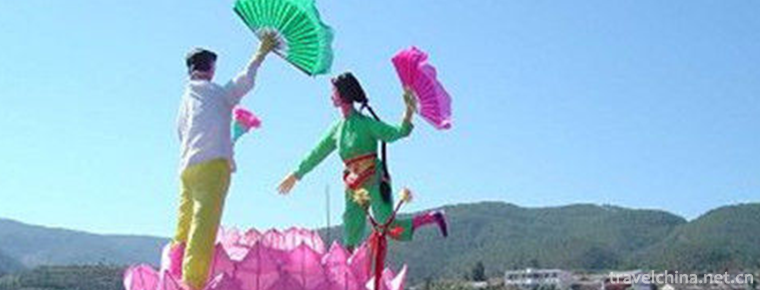
-
Dianchi Lake
Dianchi, also known as Kunming lake, Kunming pool, Yunnan Nan Ze....
Views: 182 Time 2018-10-21 -
Black Valley Scenic Area
Black Valley, National AAAAA Tourist Scenic Spot, National Forest Park, National Geopark, China's Best Leisure Mountain, China's Best Green Low Carbon Tourist Leisure Spot.
Views: 142 Time 2018-12-12 -
Donghekou Earthquake Relics Park
Donghekou Earthquake Site Park is the first earthquake site protection memorial site of Wenchuan Earthquake, located in Qingchuan County, Guangyuan City, Sichuan Province.
Views: 164 Time 2018-12-20 -
Beijing World Flower Garden
The World Flower Grand View Garden is located on the north side of Nansi Ring Auxiliary Road and the east side of Jingkai Highway in Beijing. It has superior geographical position and convenient trans.
Views: 131 Time 2018-12-26 -
Ming Xiaoling Mausoleum
The Ming Xiaoling Tomb is situated at the south foot of Zijinshan Mountain in Xuanwu District, Nanjing, under Dulongfu Playing Pearl Peak. It is adjacent to Zhongshan Tomb in the East.
Views: 152 Time 2019-02-07 -
Weihai Dingxiang Ecotourism Resort
Panjin Dingxiang Ecotourism Resort is located in the western suburb of Panjin City. The tourist area is mainly composed of Taiping River scenic belt, Bird Paradise Scenic.
Views: 501 Time 2019-02-22 -
The Dai Garden of Xishuangbanna
The Dai Garden is called Xishuangbanna Dai Garden. Located in Xishuangbanna Olive Dam, Yunnan Province, China. There are five Dai Natural Villages with the best preservation in China.
Views: 175 Time 2019-02-25 -
Ah Shi Ma
Ashima, a traditional folk literature in Shilin Yi Autonomous County, Yunnan Province, is one of the national intangible cultural heritage..
Views: 229 Time 2019-03-28 -
Yueqing Poplar Wood Carving
Yueqing boxwood carving, a kind of ornamental round carving art with boxwood as its material, is mainly popular in Houhengcun, Wengyuan Street and Lecheng Street of Liushi Town in Yueqing City,.
Views: 103 Time 2019-05-11 -
Dragon file long dang
"Dragon File", also known as "Bench Dragon", is a craft art with strong local folk traditional characteristics in Yueqing, Zhejiang Province, China. Dragon stalls are developed fro.
Views: 136 Time 2019-05-14 -
Shu embroidery
Shu embroidery, also known as Sichuan embroidery, is as famous as Su embroidery, Hunan embroidery and Guangdong embroidery. It is one of the four famous embroidery in China. It is a traditional Chines.
Views: 385 Time 2019-06-15
